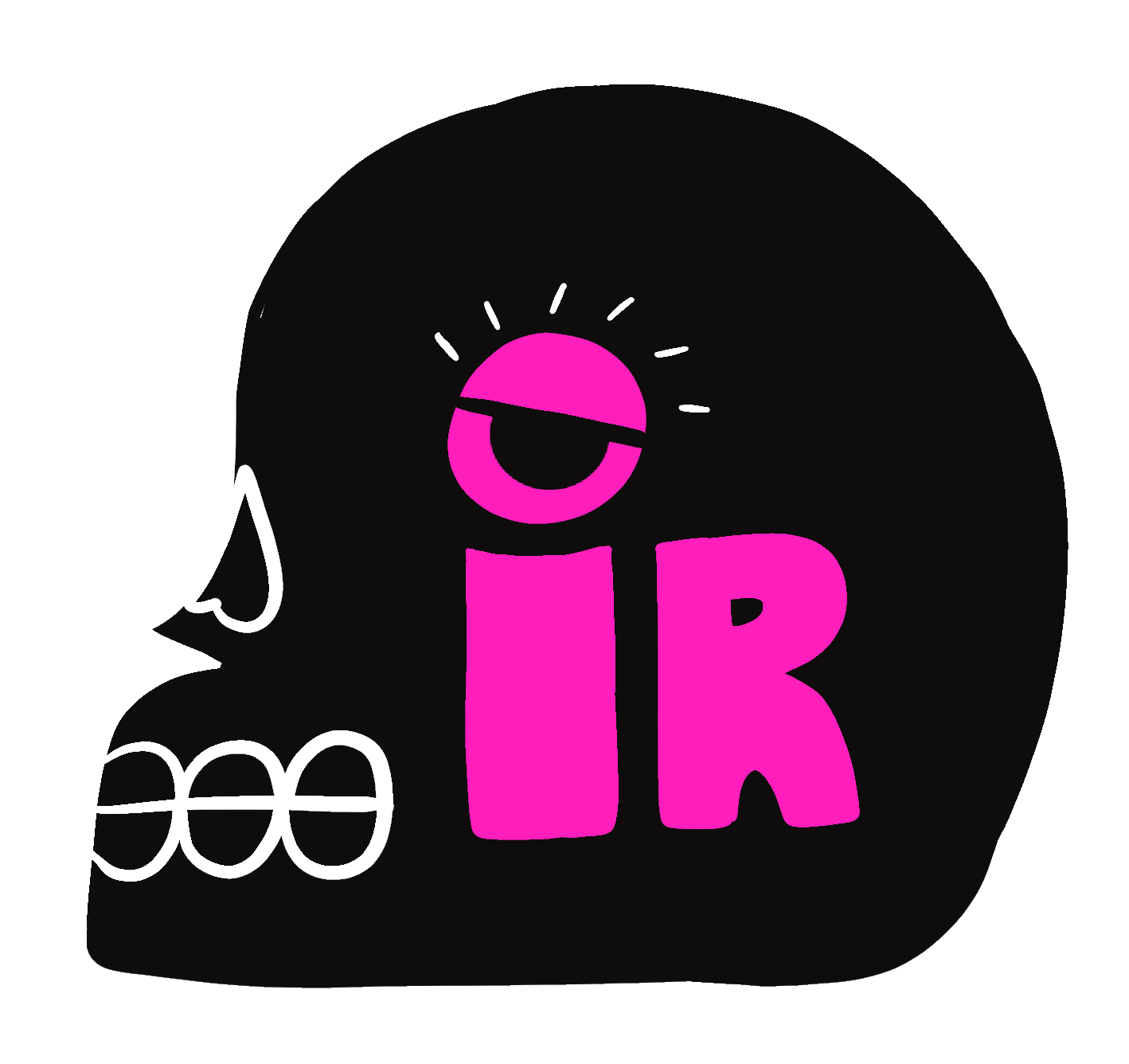Saúl Hernández, How to Kill a Goat & Other Monsters,
University of Wisconsin, 2024,
$16.95, 122pgs, reviewed by mónica teresa ortiz
Saúl Hernández’ debut poetry collection, How to Kill a Goat & Other Monsters, comes in waves – quite literally. According to Rigoberto González in a blurb on the back of the book, Hernández’s poems both “kiss and bite.” But the poems go further than just foreplay. They are stories of trauma, of monsters, of abuse, lines that add “more weight than what I already carry.” Hernández writes these heavy lines with ease and confidence, allowing the poem to haul the heartache. And while this book is written in “the language of grief,” we follow along, waiting for either a caress or a blow.
Divided into five sections, Hernández delivers a visceral opening poem called “In Another Life” that makes its own tragic myth. The speaker of the poem offers the head of his lover to the woman he marries, “as a gesture of my loyalty.” She makes a guisado out of his tongue, tells him, “This guisado is too salty,” and adds honey. The morning after, the speaker attempts to kiss another man, who tells him, “Con esa boca nadie te va a querer.” This first poem introduces the reader to a collection that balances desire and violence on a blade’s edge.
In the first wave, we enter dreams. The beginning poem, “The Boy Who Lives in Dreams,” opens with: “Dreams run in my family.” Utilizing real and surreal language, Hernández leaves enough space for the reader’s imagination – or nightmare – as the lines drip with lush imagery, sharp emotions, and gutting images, such as the next poem, “Notes on Sueños:” “There are nights I catch lightning with my mouth.” Hernández tells us that “I spit my name into all the mouths of the men/who have fucked me.” The cycles of harm linger in Hernández’s poems, as he searches for love and self in violent places, including colonized desire, in “Ars Poética for a First G(ay)eneration Mexican American:” “More than once a white man has broken into me.”
When we crash into the third wave, Hernández unleashes some of the strongest poems in the collection, from “The Boy & The Story of Water to How to Outline a Body: Fragments after Tatarabuela Ignacia’s Passing.” We learn “how English asphyxiates” and that “the word animal/is spelled the same in English & Spanish.” Hernández translates his queer tongue for us, exploring the fissures in language and family through his head, body, and hands.
Like the dreams throughout the collection, Hernández drifts between places, from milpas in México to El Paso to San Antonio. There is a wounded tenderness to Hernández’s writing, one carved from heartbreak, death, and migration. The narrator “desperately doesn’t want to be” a monster, but as he achingly confesses in the final poem, “How to Kill a Goat & Other Monsters,” “my body can only handle so much love.” The speaker is caught between wishing to “start with beauty” and his survival. Ultimately, he makes his own choice, and the reader bears witness to that journey: “I answer to no one, not even to myself.”
This review first appeared in the in-print publication Caldwell/Hays Examiner




